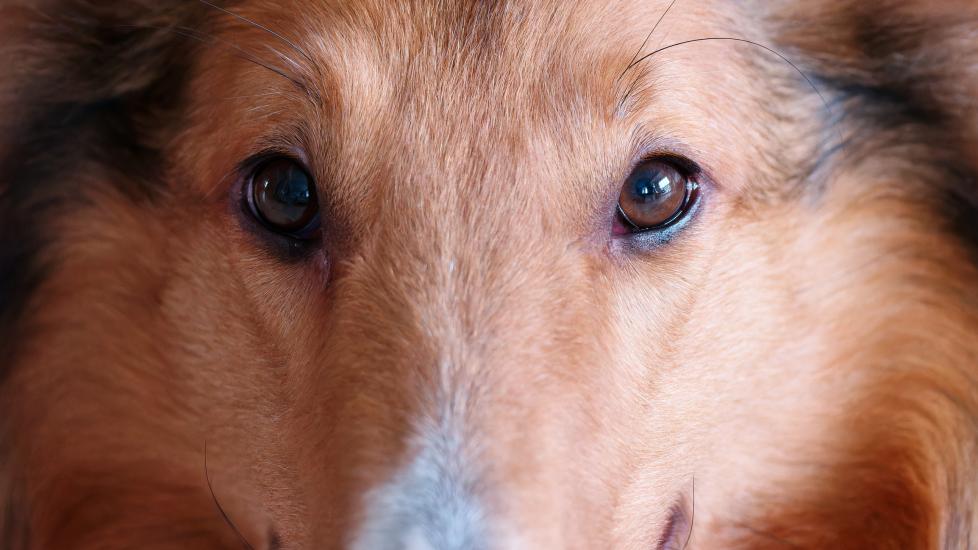Title: Understanding and Managing Collie Eye Anomaly in Your Beloved Pet
Introduction:
As a pet owner, it is crucial to be aware of the various health issues that can affect your furry companions. One such condition is Collie Eye Anomaly (CEA), which affects certain breeds, particularly dogs with a genetic predisposition for this congenital eye disorder. CEA can lead to vision impairment or blindness if left untreated. In this article, we delve into what CEA is, its symptoms, diagnosis, treatment options, preventive measures, and how you as an attentive guardian can manage this condition in your beloved pet.
What is Collie Eye Anomaly?
Collie Eye Anomaly is a developmental defect affecting the eyes of many dog breeds, including Collies, Shetland Sheepdogs, Australian Shepherds, Border Collies, and others. It occurs due to abnormalities during embryonic development, leading to malformations within the structures of the eye. The most common abnormality seen in CEA is choroidal hypoplasia, where parts of the choroid do not develop properly, resulting in areas of the retina being deprived of vital nutrients and oxygen. This can ultimately lead to partial or complete loss of vision.
Symptoms:
The signs of CEA vary greatly from mild cases to severe ones. Some pets may show no clinical signs at all, while others might experience visual deficits ranging from night blindness to total blindness. Symptoms could include cloudy corneas, retinal detachment, bulging eyeballs, nystagmus (involuntary eye movements), or even squinting due to discomfort. Early detection through regular veterinary check-ups is key to managing this condition effectively.
Diagnosis:
Veterinary ophthalmologists typically diagnose CEA using a thorough physical examination followed by specialized tests such as tonometry (to measure intraocular pressure), indirect ophthalmoscopy (to view the back portion of the eye), and ultrasound imaging. These procedures allow veterinarians to assess the extent of damage caused by the anomaly and plan appropriate treatments accordingly.
Treatment Options:
Management strategies depend on the severity of the case but often involve supportive care rather than curative methods since CEA is generally irreversible once present. Medications like anti-inflammatory drugs or nutritional supplements may help alleviate symptoms associated with the condition. In more advanced stages, surgical interventions might be necessary to address complications arising from CEA, such as retinal detachments or glaucoma. Regular monitoring and follow-up appointments are essential to ensure optimal outcomes for affected animals.
Prevention & Management:
To reduce the risk of CEA in future generations, responsible breeders screen breeding stock for any evidence of the disease before allowing them to reproduce. Genetic testing can also provide valuable insights into whether potential parents carry genes linked to CEA. If you suspect your pet has CEA, work closely with your vet to implement a management plan tailored to their specific needs. This could encompass dietary adjustments designed to support ocular health; environmental modifications that make navigation easier; and consistent training techniques that rely heavily on cues other than sight—all contributing towards enhancing quality of life despite visual limitations.
Conclusion:
Collie Eye Anomaly is a complex issue that requires patience, dedication, and close collaboration between pet owners and veterinary professionals. By staying informed about the condition’s nuances and taking proactive steps toward early identification and ongoing maintenance, you can give your four-legged friend every opportunity to live happily alongside you despite facing these challenges together. Remember that each animal responds uniquely; thus, individualized approaches will yield the best results when dealing with CEA-affected pets.
